
Sunbathing used to be the only way to get a tan, but today there are several ways to achieve the golden glow that you desire. Some of these methods are more harmful to your skin than other methods. Two of the most popular methods are UV tanning and spray tanning, each of which has its own benefits and drawbacks. Aside from these two popular methods, there is also the option of using tanning lotions.
What Are UV Tanning and Spray Tanning
UV tans that are not from sunbathing are usually created in a tanning bed at a tanning salon. These beds strive to give you a "natural" suntan by using UV rays, the same rays that your body absorbs while sunbathing. Spray tanning consists of spraying chemicals on your body, which are then absorbed by your skin, turning it a certain shade of brown. Spray tans can be achieved either at home or in a tanning salon.
Benefits of UV Tanning
The biggest advantage of UV tanning is that it lasts a long time and replicates how the sun tans your skin. This means a more even tan that will last throughout the season, unlike spray and lotion tanners, which wear off within a week and are often difficult to apply evenly.
Benefits of Spray Tanning
According to the Mayo Clinic, spray tanners do not use UV rays, which are harmful to the skin and health of the user. Therefore, spray tanning is a safer alternative to sunbathing and using tanning beds. Spray tanning works by using the active ingredient DHA (short for dihydroxyacetone,) which causes dead skin cells to darken.
Risks of UV Tanning
According to the World Health Organization, UV rays from tanning beds may be just as harmful as sunbathing. Just like sunbathing, using this method of tanning may increase a person’s risk for developing skin cancer, such as malignant melanoma. UV rays can also damage the look of the skin, damage the eyes and suppress the immune system.
Risks of Spray Tanning
There are no known risks for spray tanning, according to the Mayo Clinic. You may accidentally inhale or ingest DHA during application, but the risks or side effects of this are not known. You can take precautions to decrease the chance of inhaling or ingesting DHA during the application process. These precautions include keeping your nose, mouth and eyes closed, as well as covering your lips. Nose plugs, eye protection and lip balm may be provided in the cost or available for purchase at some spray tanning salons.
Related Articles

What Kind of Clothing Do People Wear ...

How to Make a Spray Tan Last

Spray Tanning & Scars

The Quickest Way to Get a Tan Without ...

Dangers of Spray on Tan
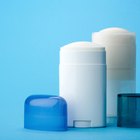
Difference Between Body Spray & ...

What Will Happen If I Shower 3 Hours ...

Spray Tanning Ingredients
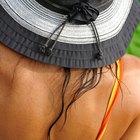
Difference Between Bronzing & Tanning ...

How to Make Your Mystic Tan Last Longer
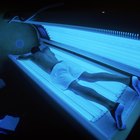
Can You Wear Contacts While Tanning?

Benefits of Shea Butter and Coconut Oil ...
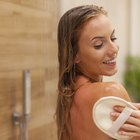
How to Fix a Bad Spray Tan

Chamomile Essential Oil Benefits

Makeup Primer vs. Lotion

Can You Get a Spray Tan After Being ...

Are There Benefits of Tanning Oil?
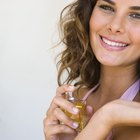
How to Remove the Smell of Cologne From ...

The Best Way to Get a Tan If You Are a ...

How to Even Your Tan